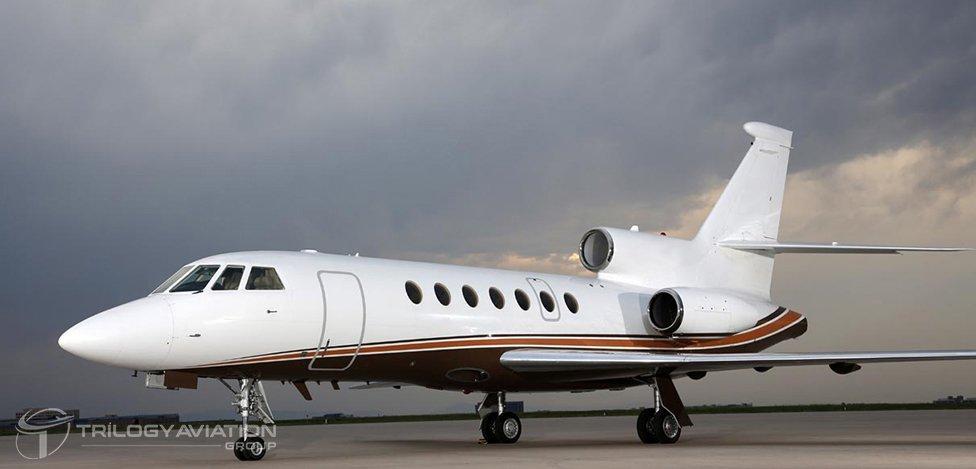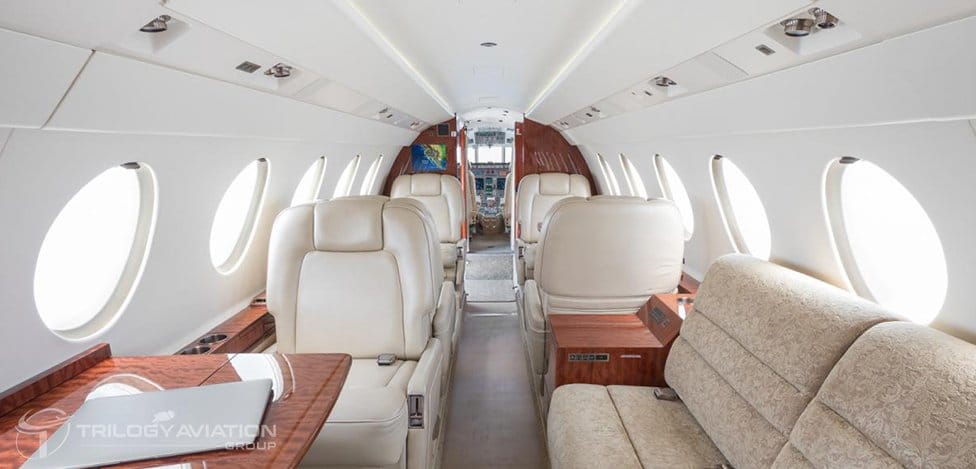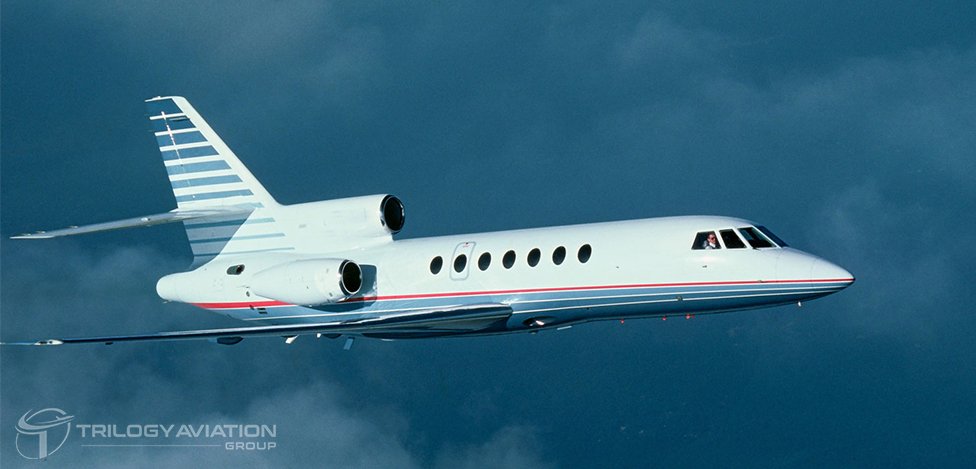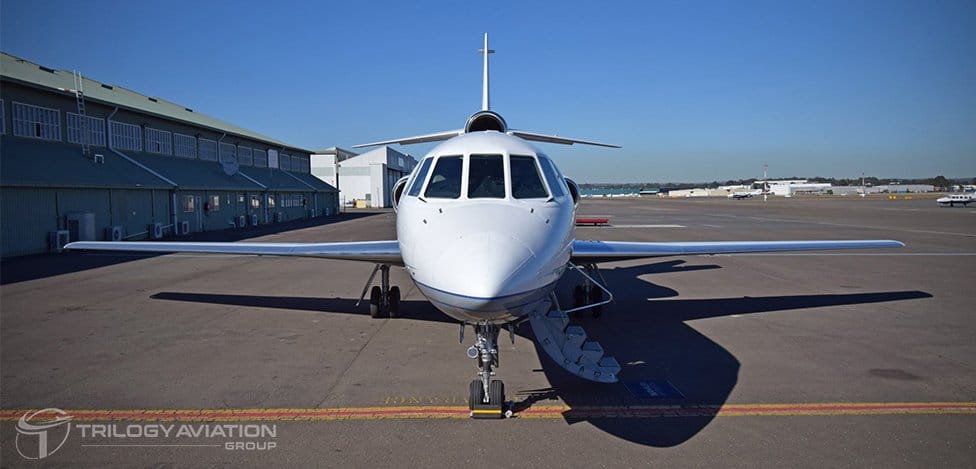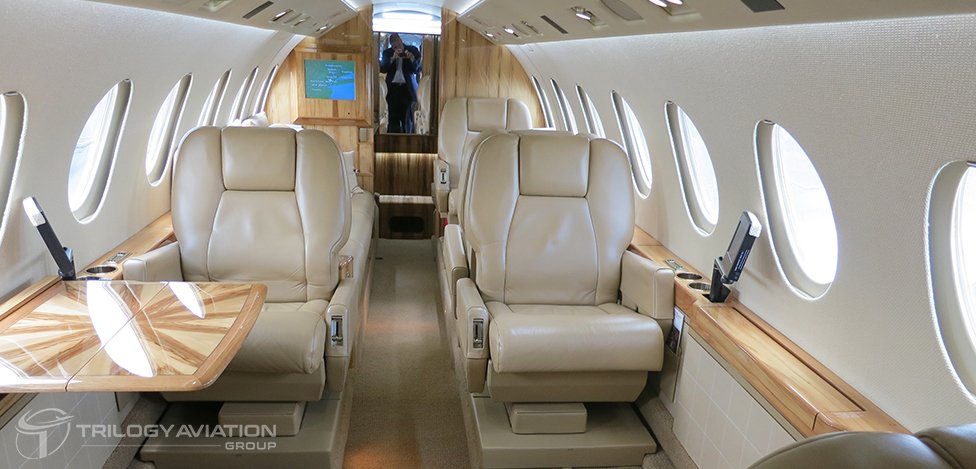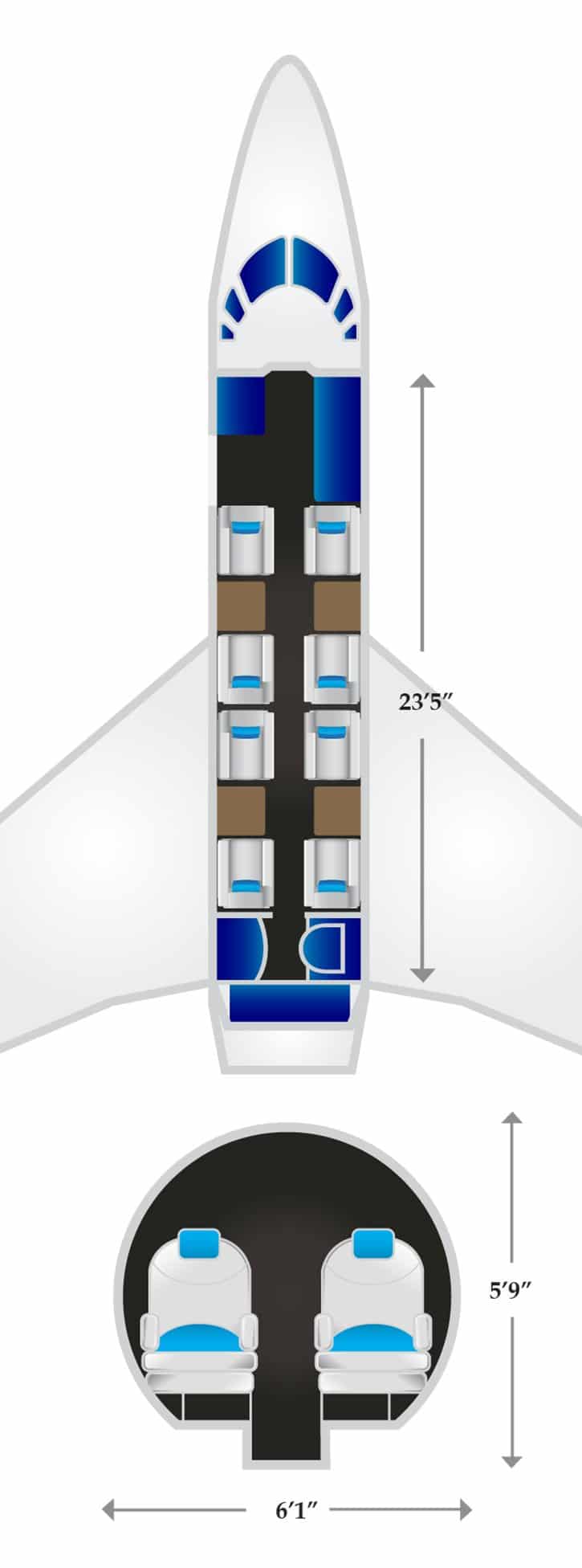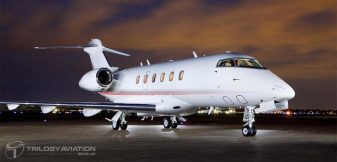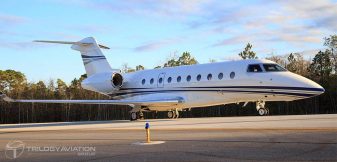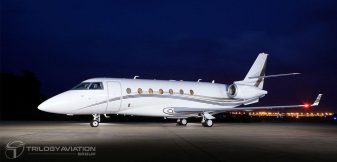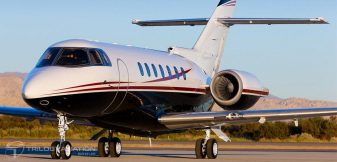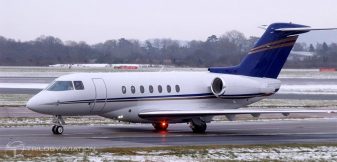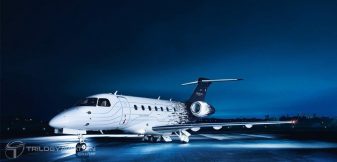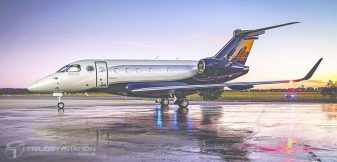Long-Range Capabilities and Performance
The Falcon 50 is specifically engineered for long-range travel, enabling it to cover vast distances without requiring frequent stops. Its aerodynamic design, efficient engines, and fuel capacity all contribute to this capability, making it well-suited for international trips and transcontinental flights.
Maximum Range and Flight Efficiency
This aircraft can fly up to approximately 3,000 nautical miles on a single tank of fuel, enabling nonstop journeys such as New York to London or Los Angeles to Honolulu. This impressive range minimizes travel time and removes the hassle of layovers, allowing passengers to arrive refreshed and on schedule.
With a maximum takeoff weight of around 39,700 pounds, this super-midsize business jet is engineered to carry a full load of passengers, baggage, and fuel without compromising performance. Its efficient weight distribution plays a key role in achieving optimal range and overall flight efficiency.
Fuel efficiency is further supported by the jet’s streamlined fuselage and advanced wing design, which reduce drag and enhance lift. The aircraft also cruises smoothly at altitudes between 35,000 and 41,000 feet, where thinner air lowers resistance and improves fuel economy. Together, these features help the Falcon 50 maintain strong cruising speeds while conserving fuel.
Engine Performance and Fuel Capacity
The Dassault Falcon 50 is a super-midsize business jet powered by a distinctive triple-engine powerplant, three Honeywell TFE731-3-1C turbofan engines, each generating approximately 3,700 pounds of thrust. This tri-jet configuration ensures redundant propulsion, smooth acceleration, and stable high-altitude cruising, offering both performance and peace of mind, especially on transoceanic routes.
This design allows this trijet to reach a maximum speed of around 480 knots (Mach 0.86), making it a top choice for those prioritizing both speed and long-range capability. The TFE731 engines are also appreciated for their quiet operation and fuel efficiency, contributing to a more pleasant in-flight experience and lower operating costs.
The aircraft carries approximately 15,520 pounds of fuel, supporting its ability to fly up to 3,000 nautical miles without refueling. This capacity enables non-stop flights over oceans, mountains, and remote areas.
Enhancing its operational flexibility, this trijet is also equipped with an Auxiliary Power Unit (APU). The APU supplies electrical power and cabin climate control during ground operations, improving self-sufficiency at airports with limited support services and increasing passenger comfort during boarding.
Combined, the Falcon 50’s powerplant, fuel system, APU, and aerodynamic design work in harmony to deliver impressive range, efficiency, and reliability, making it a versatile jet for demanding international missions.
Transcontinental and International Reach
With its combination of range and speed, this tri-jet is capable of handling major global routes without refueling. Common examples include:
- New York to London
- Los Angeles to Mexico City
- Paris to Moscow
- Dubai to Mumbai
Its ability to connect such key cities directly is a major reason why business travelers and private jet operators favor this aircraft. These direct flights reduce travel stress and save valuable time, an essential advantage for executives on tight schedules.
In addition to its popularity in business aviation, this tri-jet has also seen use in military and government operations around the world, thanks to its long-range capabilities and reliable performance in varied environments. This dual-use appeal underscores its versatility and robust design.

